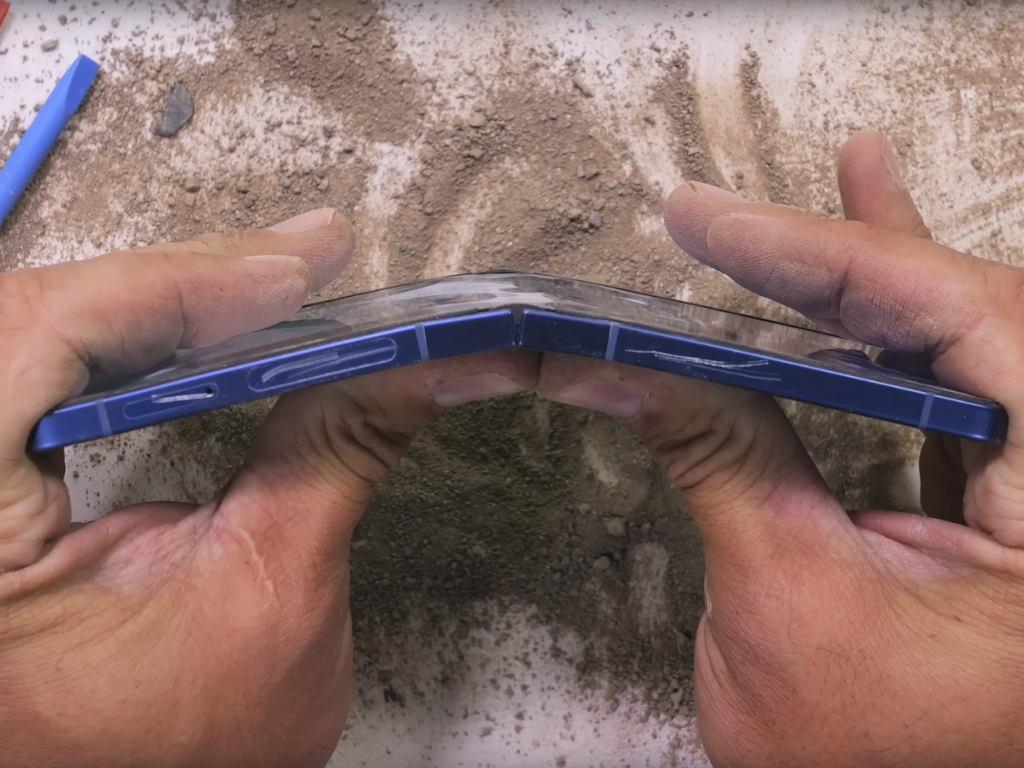Anthon Muller speaks on laser projection technology during a Masterclass session at the ongoing IFFI 2024
RAMNATH N. PAI RAIKAR
“The Xenon lamp projectors used today for screening films in theatres are aging, just as 99 per cent of post-production grading for cinema takes place on lamp-based projectors,” stated Anthon Muller, the global director of strategic marketing for post-production services and innovation at Barco, pointing out that grading movies on lamp projectors can no longer ensure accurate image representation on all screens.
He was addressing a Masterclass on ‘Laser for post-production and evolution to HDR (High Dynamic Range)’, at Kala Academy, during the ongoing International Film Festival of India (IFFI).
Muller explained that laser technology will enhance image quality by creating sharper, more immersive cinematic experiences, reshaping the future of post-production and the way films are mastered and presented. He shared that 40,000 laser projectors have been installed worldwide, adding that Barco’s HDR projectors would launch in India in 2025.
“The major change theatres will need to undergo to project HDR/laser technology films is making space in the projection booth for the massive projector. Also, the cabling and cooling system must be very close to the projector,” Muller stated, noting that any required modifications to the projection booth would require a site visit by company representatives. He also spoke about the importance of laser safety, making sure that the laser does not come in contact with anyone, and maintaining an adequate distance between the projection booth and the screen.
Currently, there are 2,619 studios and post-production houses in the US and Canada, 1,600 in the UK, and 374 in the Middle East and Asia. Australia and New Zealand have 254 studios and post-production centers.
Muller stressed that laser technology has become increasingly prominent in the cinema ecosystem. He explained that choosing laser technology for post-production provides superior contrast, exceptional uniformity, flicker-free images that reduce eye fatigue, and an extended colour gamut for future-proofing. “Exhibitors need to understand the benefits of HDR,” he added.
Further discussing the key requirements for post-production, Muller highlighted image quality, content and format flexibility, lamp-like laser projectors, white-glove service, free cash flow, bursts of income, and a solid understanding of the business model.
The current industry landscape includes growth, technological advancements, and competition. The post-production market has experienced steady growth, driven by the increasing demand for high-quality video content across industries such as entertainment, advertising, and corporate media. Technological advancements, particularly the lamp-to-laser upgrade, are now more feasible due to the aging equipment and the increasing use of laser technology in cinemas. Also, rapid advancements in video editing software, visual effects, and cloud-based collaboration tools have transformed post-production, enabling more efficient workflows and greater creative possibilities.
In the competitive landscape, the market is highly competitive, with both established players and emerging boutique studios vying for market share. Success depends on differentiation through specialised expertise and innovative service offerings.
Muller also shared that the first HDR Barco-equipped theatre outside the US recently opened at Cineworld Leicester Square in London, showcasing Paramount Pictures’ Gladiator II. He added that more films in this format are on the way.






